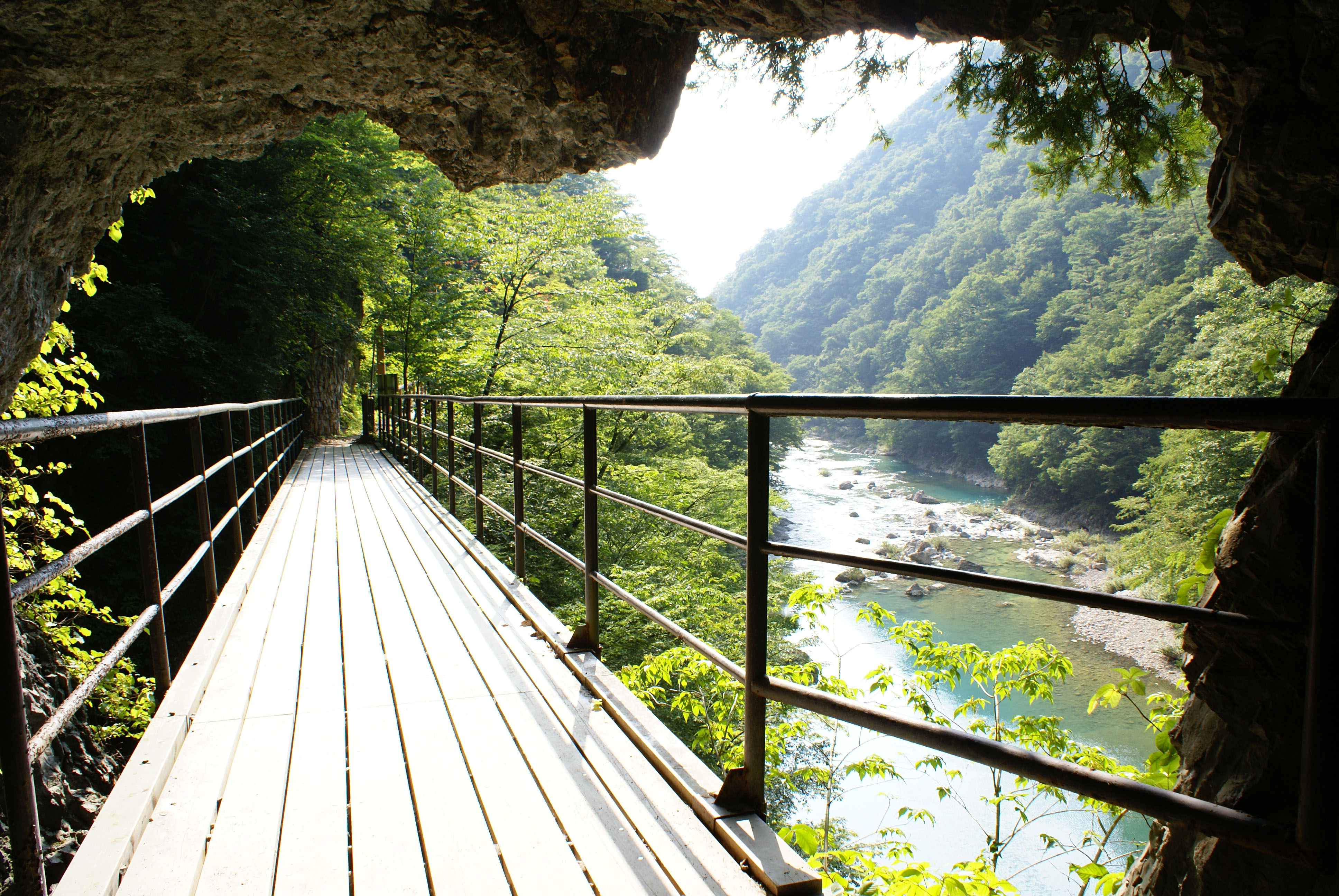Despite the fact that we've arrived on a weekend, the parking lot along Kakunodate's river is relatively empty. From our spot under the shady branches, my friends Felicity and Nori and I haul our convenience-store-purchased picnic up to the edge of the walking path that hugs Hinokinai River. The cherry blossoms that make this riverside ramble one of the most renowned hanami destinations in northern Japan have long since deserted the numerous branches. However, the trees' coat of late season green is the perfect backdrop to our impromptu picnic in what is arguably Akita Prefecture's most beautiful town.
We've been on the road for a week in Tohoku, flitting from area to area in a frenzy of seasonal festival excitement. With fatigue setting in and a train home looming on tomorrow's schedule, I'm beginning to mentally wind down my wanderings. Yet, as both my traveling companions have repeatedly extolled the beauties of Kakunodate's old samurai quarter, I can't help but insist we add it to our itinerary — a final stop in an action-packed week.
While the carpark on the town's western perimeter doesn't eliminate all vehicular traffic, it makes the wander down the roads of the historical area a bit more peaceful. The town's layout remains largely unchanged from its initial construction in 1620, when local lord Ashina Yoshikatsu relocated the district from slightly north of its present locale. Under his patronage, around 80 samurai families moved into the area, constructing large estates along the tree-lined blocks. While descendants of a number of the original families still reside on some of the properties, a few of the compounds have been opened to visitors, the most popular being Aoyagi House.


















With your current subscription plan you can comment on stories. However, before writing your first comment, please create a display name in the Profile section of your subscriber account page.